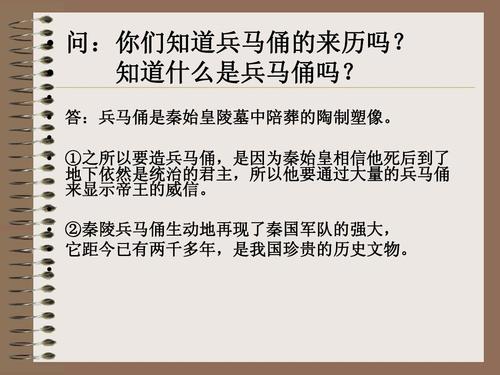
What Do the Terracotta Army Tell Modern Historians About the Qin Dynasty?
In 1974, a group of farmers digging a well in a field near Xi'an, China stumbled upon one of the most remarkable archaeological discoveries of the 20th century: the Terracotta Army. This vast underground army, buried for over 2,000 years, consists of thousands of life-sized terracotta figures representing the soldiers, horses, and chariots of Qin Shi Huang, the first emperor of China.
Detailed examination of the warriors, which were discovered in buried pits to the northeast of Xi'an near the tomb of the emperor, have shed light on what life during the ancient Qin Dynasty was like, from the clothes people wore to where soldiers in the army were from.
Military Organization and Equipment
The sheer scale of the Terracotta Army is a testament to the military might of the Qin Dynasty. With an estimated 8,000 soldiers, 130 chariots with 520 horses, and 150 cavalry horses, the army provides invaluable insights into the military organization and tactics of the time.
Each figure is meticulously crafted with unique facial features, hairstyles, and armor, suggesting a hierarchical structure within the Qin army. The different types of soldiers, such as infantrymen, archers, and charioteers, are armed with a variety of weapons, including bronze swords, crossbows, and spears. The presence of chariots, a key element of ancient Chinese warfare, highlights the importance of mobility and coordinated attacks in Qin military strategy.
Craftsmanship and Technology
The creation of the Terracotta Army was a massive undertaking that required exceptional craftsmanship and advanced technological skills. The figures were created using a complex process involving the creation of molds, firing the clay at high temperatures, and painting the finished products with vibrant pigments.
The use of standardized molds for different body parts suggests an early form of mass production, while the intricate details and individual features highlight the skill and artistry of the Qin craftsmen. The bronze weapons, many of which are still sharp, are a testament to the advanced metallurgical knowledge of the era.
Social and Cultural Practices
Beyond its military significance, the Terracotta Army offers glimpses into the social and cultural practices of the Qin Dynasty. The clothing worn by the figures, including robes, tunics, and armor, provides insights into the fashion and textile production of the time. The hairstyles and headdresses offer clues about social status and regional differences within the empire.
The presence of musicians, acrobats, and other non-military figures among the terracotta ranks suggests that entertainment played an important role in Qin society. These figures provide valuable information about the cultural practices and leisure activities of the time.
Governance and Ideology
The construction of such a grand and elaborate tomb complex for the first emperor reflects the importance placed on the afterlife in Qin ideology. The Terracotta Army, intended to protect the emperor in the afterlife, highlights the emperor's absolute power and his desire for immortality.
The standardization of weights, measures, and writing systems during the Qin Dynasty is evident in the inscriptions found on the terracotta figures and weapons. These inscriptions provide evidence of the Qin's efforts to centralize power and create a unified empire.
Q&A
How does the Terracotta Army provide insight into Qin military organization?
The army's vast scale and diverse figures, including distinct soldier types and weaponry, illustrate the Qin's military might, hierarchical structure, and advanced tactics, reflecting the importance of coordinated attacks and mobility in their military strategy.
What can we learn about Qin society from the Terracotta Army?
Beyond military aspects, the figures offer insights into Qin Dynasty clothing, hairstyles, and social hierarchy. The presence of entertainers hints at cultural practices, while the tomb's grandeur reflects beliefs about the afterlife and the emperor's power.
How does the Terracotta Army demonstrate the technological advancements of the Qin Dynasty?
The figures' craftsmanship, including the use of molds and high-temperature firing, demonstrates advanced technological skills. Additionally, the presence of bronze weapons reflects sophisticated metallurgical knowledge.